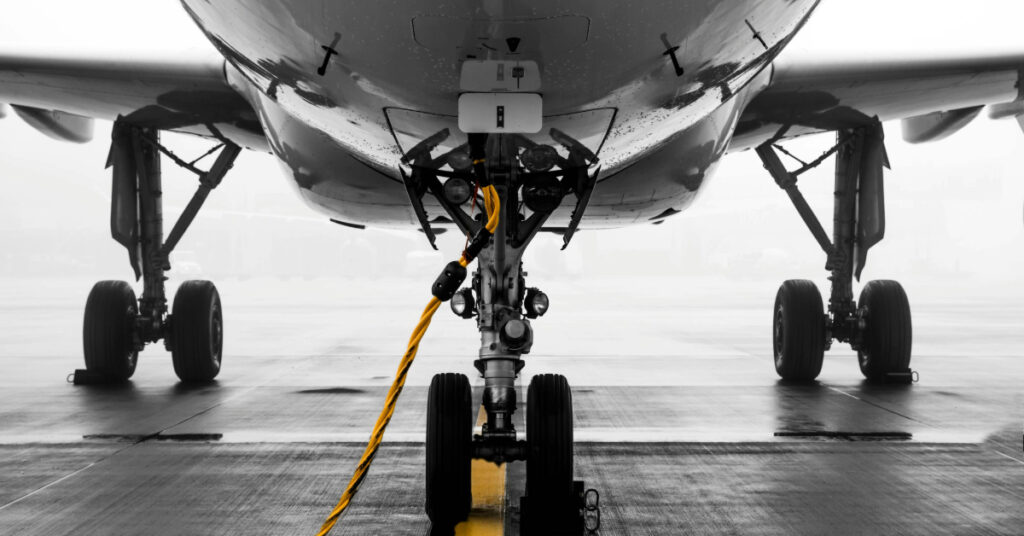The National Defense Secretariat (Sedena) and the Navy Secretariat (Semar) have taken control of 18 underutilized airports in Mexico, aiming to turn them into profitable enterprises. This move comes in response to a significant decline in passenger traffic over the past year, according to specialists.
The Olmeca – Maya – Mexica Airport, Railway, Auxiliary and Related Services Group (Gafsacomm) reported that Tamuín, in San Luis Potosí, and Ciudad Victoria, Tamaulipas, are among the most critical cases, lacking any commercial flights despite having the necessary infrastructure to accommodate them.
Other airports facing similar issues include Nogales in Sonora, which saw a 22 percent decrease in passenger traffic from January to May compared to the same period last year, and Uruapan in Michoacán, which experienced a 3.8 percent annual decline.
Aeronautics specialist and academic Fernando Gómez Suárez attributed the negative outlook for these airports to the absence of a market that drives user and cargo movement. He emphasized that the Army should focus on promoting these markets.
“During previous administrations, no strategic plan was established to turn them into profitable businesses; they were left in oblivion,” Gómez Suárez said.
Gerardo Herrera, an academic from Universidad Iberoamericana and tourism specialist, noted that the armed forces will need to enhance the attractiveness of these destinations to travelers.
“No airline is questioning whether it will open a route to Cancun or Monterrey, because they are profitable. What generates traffic is business and leisure tourism, so you have to target these two sectors to attract airlines,” Herrera explained.
Data from the Federal Civil Aviation Agency (AFAC) revealed that the least utilized terminals managed by the Mexico City Airport Group (GACM), which is operated by Semar, include Ciudad del Carmen, Colima, Ciudad Obregón, and Loreto.
For instance, the Ciudad del Carmen airport has only one Aeroméxico flight to Mexico City, despite having the capacity to handle 18 operations per hour and 759 passengers. The airport’s activity from January to May of this year fell by 1.8 percent annually. Similarly, the Loreto airport, a tourist destination, only operates two flights.
Underutilized airports are not unique to Mexico. Spain, for instance, faces a similar problem, with at least 10 terminals that are barely or not at all used. These include Castellón, Ciudad Real, Lérida, Málaga, and Albacete, as well as Burgos, Córdoba, Huesca, León, Logroño, and Salamanca.
Gómez Suárez warned that if Claudia Sheinbaum’s upcoming government does not implement a drastic change in strategies, these 18 Mexican airports risk continuing with minimal operations for another six years.
“The three levels of government and the private sector must collaborate to reactivate these air terminals; otherwise, we risk another failure,” he concluded.
The takeover by Sedena and Semar represents a significant shift in managing Mexico’s underutilized airports. The success of this initiative will depend on strategic planning, market promotion, and a collaborative effort between government and private entities. As the new administration prepares to take office, the focus will be on revitalizing these airports to ensure they contribute effectively to the country’s economy and transportation infrastructure.
